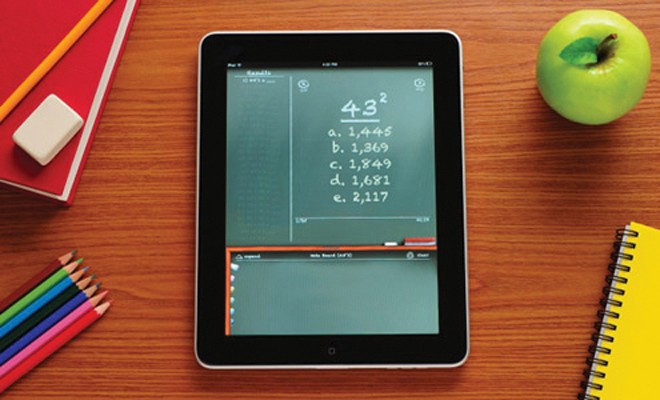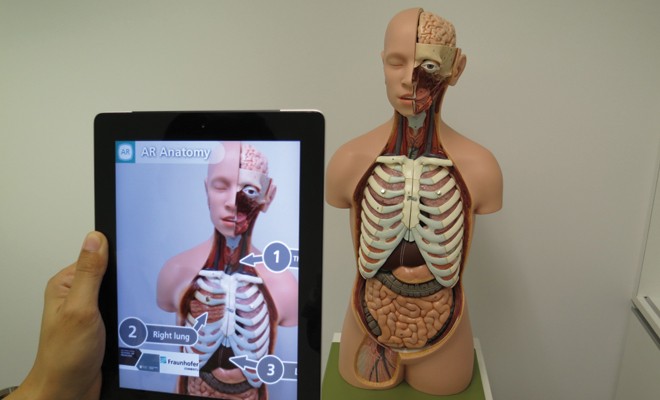What Is Educational Technology?

“New-fangled educational devices didn’t start with computers or the Internet”
– Ellis Booker wrote, and I have to agree with him.
By Dr. Heidi Gough
Director of Marketing and Communications
PA Leadership Charter School
There has been significant growth in educational technology through the years in schools. We went from overhead projectors to digital cameras/webcam, typewriters to iPads, and blackboards to smart boards. It’s important to understand not only what’s coming next, but also where it all started.
It could be argued that writing was our first piece of educational technology, when the Phoenician alphabet debuted around the 2nd century AD. However, let’s go back even further.
In the Stone-age era, (4th millennium BC) it is believed that clay, and/or sharp pieces of bone were used to create pictures and symbols to teach proceeding generations about their history, or to depict events that took place. Now students can gain access to any piece of information they desire by accessing the World Wide Web. So where did this all come from and what does it mean for today’s students.
We must remember that technology goes beyond computers and the World Wide Web. For example, the use of moving images particularly in film or video, provides extensive material for teachers to use in their classrooms. At an online school, video/film technology is used daily to enhance curriculum, provide training and support for teachers, and for students to truly immerse themselves into a lesson. Online schooling is not about being placed in front of a computer and fed information. Please allow me to clarify this. An online school can assist our technology hungry students to learn in an environment that is fast becoming the norm for them. Students feel more engaged than ever as technology is an everyday tool for them.
Another great example of educational technology and a qualified resource for students, are E-books. Despite E-books technological advantage, they are roughly only 6 percent of students who use them in classrooms according to the 2013 ECAR Study. Over 50 percent of students said that they “wished their instructors used them more and they feel they are important to their academic success”.

The constant search for new ways to learn, to educate, to capture and distribute knowledge, grows daily. In the educational world, it is important to note that while we have come a long way, some things seem to be repeating themselves or appear similar in nature. In 1925 interestingly enough, Thomas Edison said “Books will soon be obsolete in schools. Scholars will soon be instructed through the eye”. Was he referring to the iPad? What’s next, will iPads become obsolete and a virtual reality realm take over…where will our technology take us?
Returning back to our main topic; what is educational technology and what can it do for our students and schools? Teaching with technology allows an educator to become the encourager and an advisor. It also allows students to become more responsible and to take control over their own learning.
These studies are incredibly useful as we look at where our technology is heading and how we are using it to educate the youth of today. If used correctly, technology can help prepare students and teachers for the real world environment, as our nation becomes increasingly technology dependent.
2013 ECAR Study of Interesting Facts:
- 76% of student said technology helps them achieve their academic outcomes up 1% for 2012
- student tablet ownership is up 15% since 2012
- 58% of students own three or more internet-capable devices
The 2015 ECAR Study showed the following;
- 79% of students say they learn best in a blended learning environment
- 65% of faculty surveyed support competency-based education.
(Information cited from the ECAR study –
www.educause.edu)





